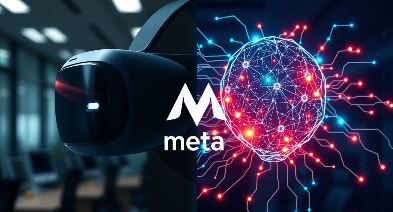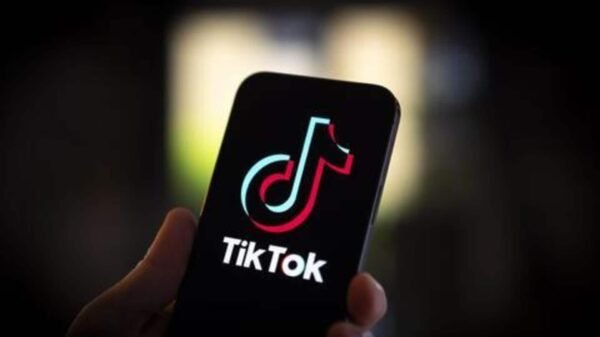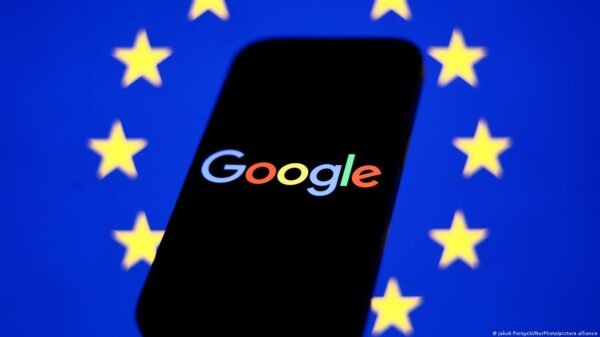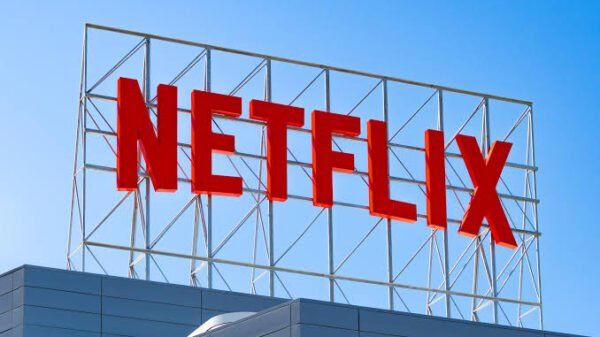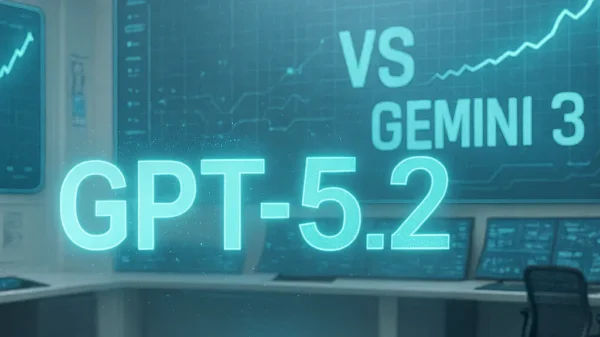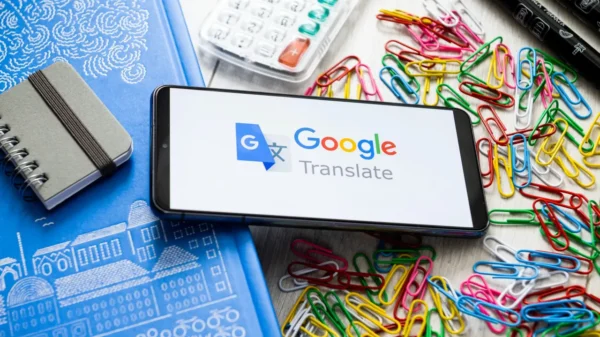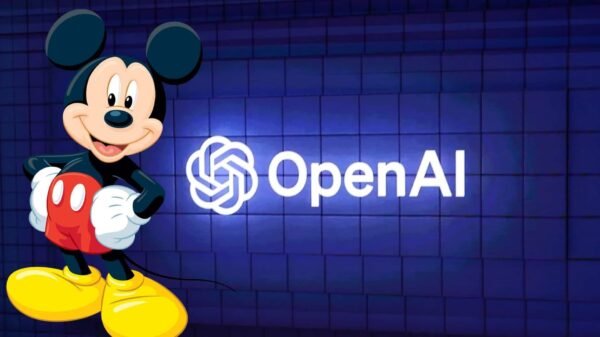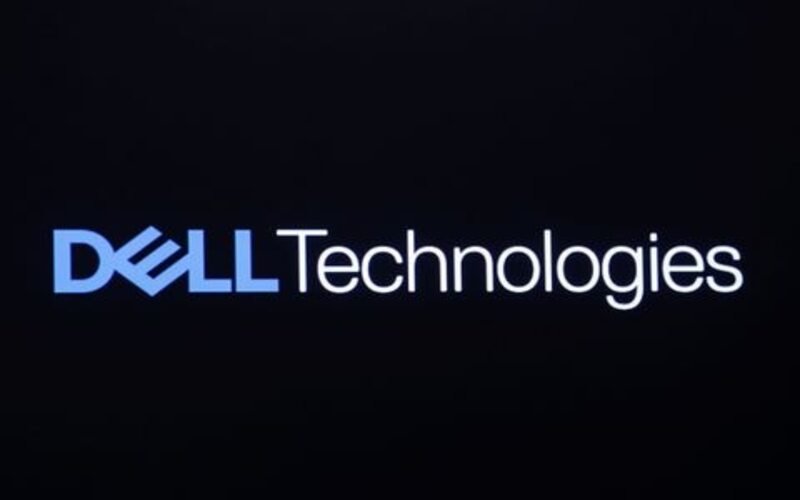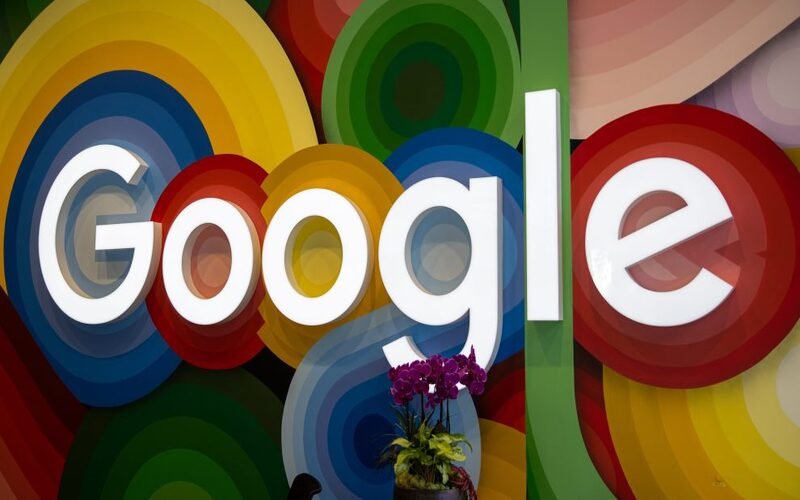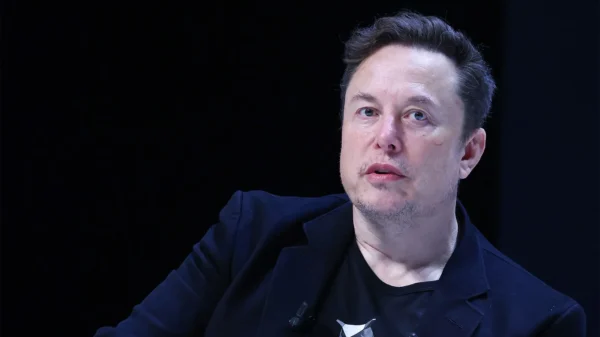On July 21, 2023, OpenAI, Google, and several leading technology companies announced a joint initiative to implement watermarks on AI-generated content. This move comes as part of an effort to address concerns about spreading harmful and misleading content created using artificial intelligence. This report explores the significance of this collaborative effort and its potential impact on content safety in the digital landscape.
The Watermarking Initiative
The watermarks on AI-generated content initiative is a voluntary collaboration between OpenAI, Google, and other major technology players. The primary goal of this effort is to establish a standardized approach for identifying content generated using AI algorithms.
Watermarks, which are embedded identifiers, will serve as digital fingerprints on AI-created content, making it easier to trace the origin of such content and differentiate it from genuine human-created material.
Addressing Misinformation and Harmful Content
The rise of AI-generated deepfakes and other manipulated content has raised significant concerns about misinformation and its potential consequences on society. Such content can be used to spread fake news and disinformation and harm the reputation of individuals and organizations.
By implementing watermarks on AI-generated content, the participating companies aim to enhance content safety and enable users, platforms, and authorities to identify potentially harmful or misleading material more effectively.
Enhancing Accountability and Trust
Watermarking AI-generated content promotes accountability and transparency in the digital space. With clear identification of AI-generated material, users can make more informed decisions about the credibility and authenticity of online content.
For technology companies, this initiative demonstrates a commitment to proactive measures in safeguarding their platforms from the proliferation of harmful AI-generated content. It also enhances the trust between tech firms, users, and regulators, signaling a shared responsibility in combatting digital threats.
Collaborative Industry Efforts
The joint commitment of OpenAI, Google, and other technology giants to implement watermarks reflects the recognition that content safety is a collective responsibility. While competition exists among these companies, they have come together to address a shared challenge that affects the broader digital ecosystem.
This collaborative approach sets a positive precedent for the industry, encouraging more technology companies to take proactive measures in mitigating the risks associated with AI-generated content.
Government and Regulatory Considerations
The voluntary nature of the watermarking initiative may lead to discussions with governments and regulators about the need for broader industry-wide standards and guidelines in combating misinformation and harmful AI content.
While the initiative is a positive step toward content safety, policymakers may seek further measures to ensure accountability, transparency, and user protection in the digital realm.
Conclusion
The joint effort by OpenAI, Google, and other technology companies to watermark AI-generated content represents a significant step in addressing concerns related to misinformation and content safety. By embedding identifiers on AI-created material, the initiative enhances accountability, promotes transparency, and fosters greater trust between technology companies and their users.
As the digital landscape continues to evolve, collaborative industry efforts and appropriate regulatory measures will be essential in creating a safer and more responsible online environment for all users.



